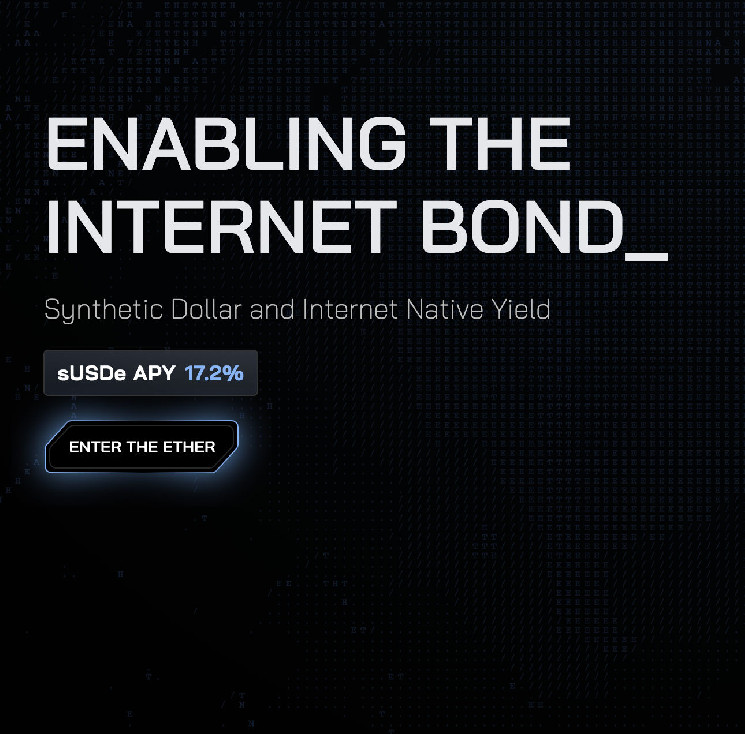This post is part of Consensus Magazine’s Trading Week, sponsored by CME.
In light of the transformative changes in the crypto landscape, the decentralized finance (DeFi) sector has seen an extraordinary rise, followed by moments of decline.
As users grapple with intricate challenges — from managing private keys to navigating various protocols — it’s evident that the simplicity once associated with traditional finance is starkly missing.
Connor O’Shea is CEO at Bril Finance.
Now, DeFi is at a crossroads, and it must overcome these obstacles and embrace a renewed emphasis on simplicity, optimization, and performant returns.
Obstacles limiting the potential of DeFi
One of the major concerns in this DeFi landscape is its volatility, which isn’t just confined to fluctuating asset prices; it’s deeply entrenched in the ecosystem, as illustrated by mercurial total value locked (TVL) in DeFi. The rise to $212 billion in TVL — followed by a precipitous drop to $43.45 billion within a year — is a testament to crypto’s inherent instability.
Amid these dynamics, the challenge of direct liquidity provision rears its head. Traders who venture into open platforms like Uniswap, hoping to capitalize on liquidity provision, often grapple with impermanent loss. This is a phenomenon where traders can end up with lower returns due to asset price fluctuations or negative yields.
Centralized exchanges (CEXs) have had their share of controversies, too. Recent events, such as troubling data breaches at Gemini and the collapse of FTX, have eroded trust in CEXs. Such incidents have inadvertently thrust DEXs into the limelight as viable alternatives (underscored by a significant 24% surge in DEXs following the collapse of FTX).
As DEXs capitalize on this momentum and fear, they’re faced with the limitations of automated market makers (AMMs), the most common type of architecture supporting decentralized exchanges. While AMMs have been instrumental in the DEX revolution — allowing liquidity provision without traditional order books — they are fraught with challenges.
New users often find AMMs non-intuitive and difficult to navigate, especially when dealing with highly volatile trading pairs. To truly challenge CEXs, DEXs need to integrate advanced order book models that complement on-chain smart contracts.
Platforms like dYdX have ventured into this territory, but striking a balance between robust decentralization and efficient trade execution is no easy feat.
See also: Examining dYdX’s Path to Profitable DeFi | Galen Moore
Central to cryptocurrency ethos is the drive for decentralization, a principle immortalized in the Bitcoin white paper. Recent incidents in the DeFi space, coupled with the broader crypto sentiment, are reshaping the narrative in favor of a more decentralized trading environment.
However, the road ahead is not without its challenges. The sharp decline in crypto assets, with ether (ETH) plunging from almost $4,800 to a low of $1,600 this year, has led to a major reduction in the TVL of staked ETH. Further, near constant DeFi exploits raise concerns about the sector’s sustainability.
Empowering users
For DeFi platforms to rise from these setbacks and truly achieve their potential, a shift in strategy is imperative. A significant aspect of this resurgence hinges on user adoption. DEXs need to rectify obvious pain points and continue to innovate and cater to a hopefully expanding user base.
New solutions are stepping in to make things simpler and more transparent while staying true to the spirit of decentralization.
Imagine a platform that simplifies the user experience. Users wouldn’t have to grapple with technical jargon or juggle private keys and protocols. Instead, they’d access a friendly interface that’d use powerful algorithms to make asset custody simple. The goal here is to stay agile and responsive — especially as market conditions change and address the unpredictability of TVL in DeFi.
DeFi is ultimately about building trust. Every action a protocol takes is recorded and transparent — thanks to blockchain. But solutions between chains must also be interoperable, making it easier for assets to shift between different platforms. That way users can tap into the best of what each blockchain offers.
A more collaborative approach might just be an antidote to problems individual DeFi platforms face — especially fluctuating TVLs.
The road to compliance
As the DeFi sector evolves, the emerging regulatory landscape cannot be overlooked. Global regulators — spurred by market fluctuations and concerns about accountability — are keenly eyeing DeFi. IOSCO’s proposed framework emphasizes investor protection and transparent disclosures. Yet, inherent pseudonymity in DeFi poses challenges for clear oversight.
With the framework’s expected release by late 2023 and member countries poised to adopt its recommendations — it’s crucial for DeFi platforms to proactively adapt. Embracing compliance isn’t just about meeting regulations; it’s about fortifying trust and ensuring DeFi’s sustainable growth in the broader financial ecosystem.
Sourced from cryptonews.net.










